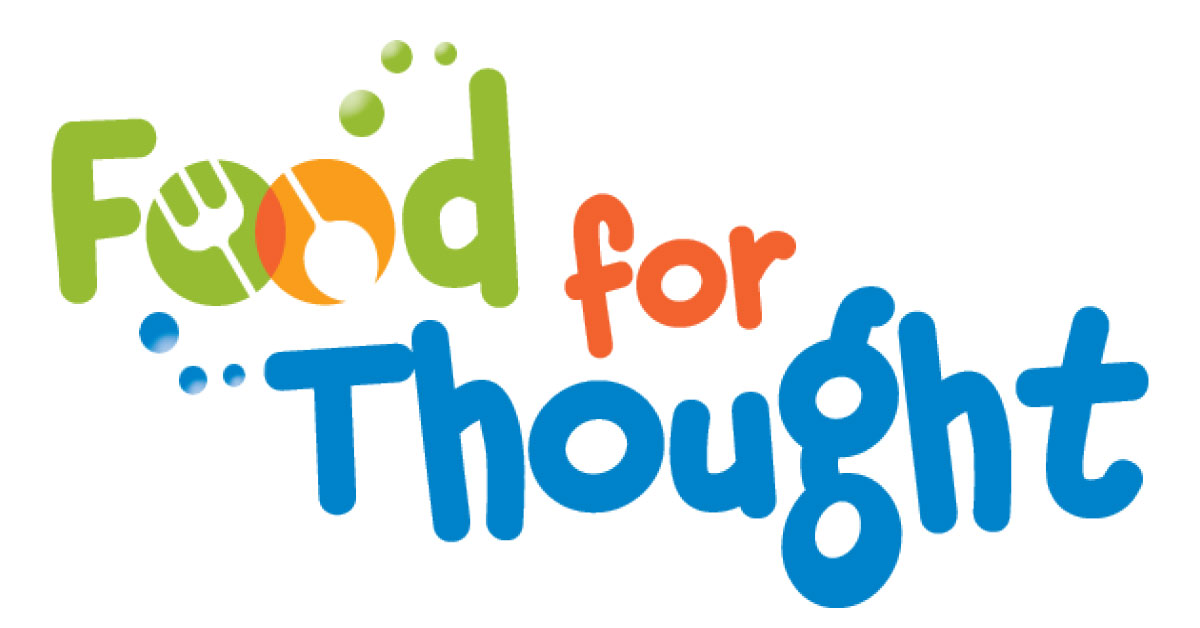I have unfortunately reached the stage of my life where my metabolism no longer functions. I’m sure many readers have also experienced this feeling. Once upon a time, we could all down an entire pizza and a liter of Mountain Dew with little consequence. Now, our bodies rebel at the very thought of this. It’s a simple fact that the older we get, the more our bodies begin to depend on things like healthy nutrition.
So, I did the responsible thing. I started adding more vegetables to my diet. I cut out processed sweets and leaned into the healthy sugars found in fruit. My meals became more complex, with a mixture of whole grains and leaner meats, and little by little, I started to feel the results. My foray into cooking taught me a lot about nutrition, but it also showed me how the dishes we create can teach us a lot about the world. This is particularly true when it comes to students and STEM learning.
Let’s Get Cooking
We need food to live, but our students don’t always know the best course to take when pursuing their own nutrition. A healthy, well-balanced diet can help them achieve optimal health and reduce the risk of illness. Better yet, it can give them insight into the broader world of STEM and different ways it can affect their life. So, if you’re interested in mixing your science lessons with some culinary fun, consider implementing these ideas from the Blue Apple project, Food for Thought:
- Your Heart or Mine: Help your students understand the importance of healthy eating with the Your Heart or Mine Many of the cards represent a disease associated with unhealthy eating habits. When you reveal what the shapes mean, some students will get sick, and others will remain healthy! By playing this game, your students will get a real sense of the number of people who suffer from nutrition-related diseases every year.
- Some Light Reading: Take a trip on The Magic School Bus! The Magic School Bus Inside the Human Body takes readers on a science adventure through the human body with particular emphasis on the digestive system. Students learn about the kind of foods they need to stay healthy as well as how those foods are broken down to give them energy. It’s a fun, educational read your students are sure to love!
- All That and A Bag of Chips: What are your students’ go-to snack when they get home? Some of us like to grab a bag of potato chips and dive in. But, has your class ever wondered whether those innocent-looking chips are the best option? Use the All That and a Bag of Chips Activity to teach your students about nutrition labels and serving sizes!
- Make a Meal of It: After students learn more about nutrition and nutrition labels, have them write down some of their favorite meals. Instruct them to look up the nutritional values of these foods as well as how much is considered a serving. If a particular dish proves to be unhealthy, ask students to consider how they might make it more nutritious. For example, if a student’s favorite food is hamburgers, they can try to make it healthier by substituting a black bean patty for traditional beef.
Sweet Success
If you found these strategies helpful, be sure to check out Food for Thought for more resources and lesson plans. By diving into the world of nutrition, students can equip themselves with the knowledge to better care for their health as well as the health of their community. Imagine if thousands of students just like yours, all around the country, made small changes to improve their lifestyles. It could add up to an incredible force for good!

